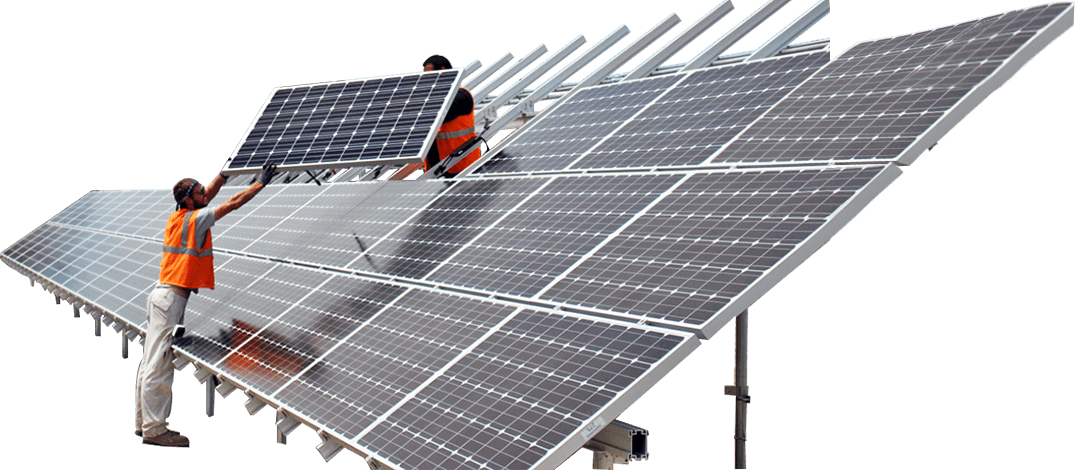In the quest for clean, sustainable energy, solar power stands out as one of the most accessible and effective solutions. Among the different types of solar power setups, grid-tied solar systems have become particularly popular for homes and businesses. But what exactly are they, and how do they work?

In the quest for clean, sustainable energy, solar power stands out as one of the most accessible and effective solutions. Among the different types of solar power setups, grid-tied solar systems have become particularly popular for homes and businesses. But what exactly are they, and how do they work?
A grid-tied solar system , also known as an on-grid solar system , is connected directly to your local utility’s electrical grid. This means your solar panels generate electricity that you can use in real time, and any surplus energy is sent back to the grid. This setup does not include batteries, making it a simpler and more cost-effective solution compared to off-grid or hybrid systems.

This two-way relationship allows for net metering, a billing mechanism where the utility company credits you for the excess electricity you generate
capture sunlight and convert it into direct current (DC) electricity.
convert the DC electricity into alternating current (AC), which powers your home’s appliances.
the system prioritizes solar energy for your immediate needs.
when your panels produce more than you use.
You only pay for the net electricity you use.
Reduces initial costs and maintenance.
Clean, renewable energy reduces your carbon footprint.
Fewer components mean easier upkeep.
Grid-tied systems shut down during outages for safety reasons (unless combined with a backup battery or generator).
Learn moreYou're still reliant on the utility for nighttime or low-production periods.
Learn moreNet metering rules differ by region, so it's essential to understand your local utility's policies.
Learn moreGrid-tied systems are ideal if:
For many homeowners, a grid-tied system strikes the perfect balance between energy independence and financial practicality